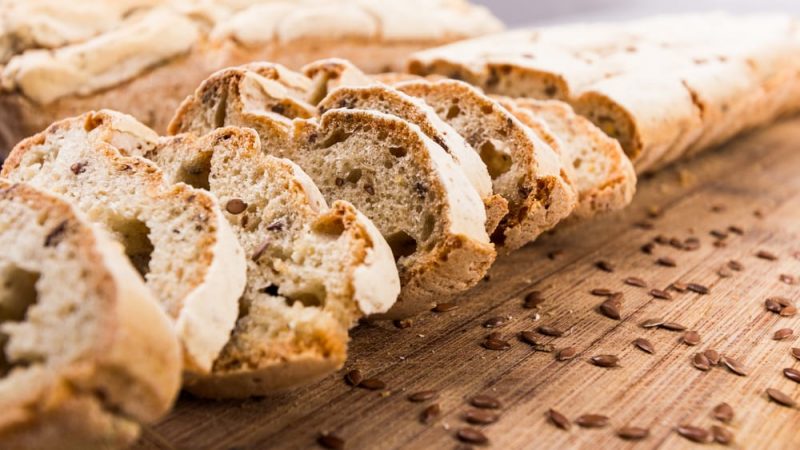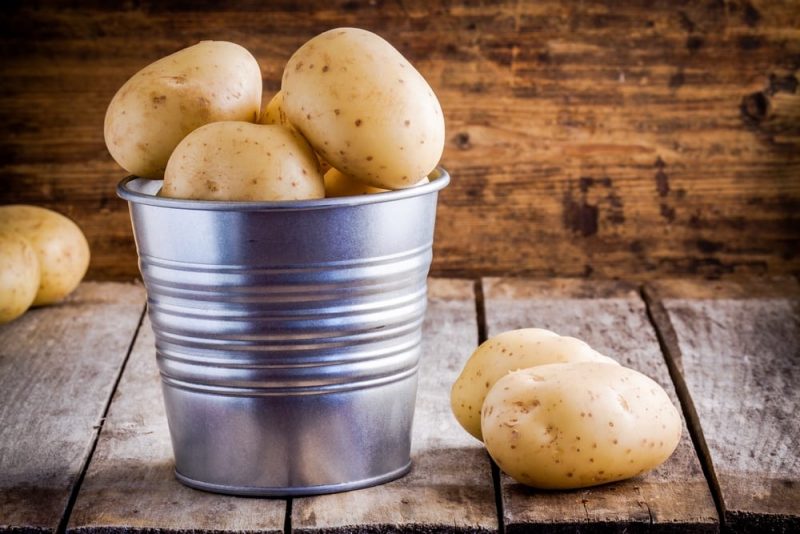The carbohydrates, known as carbohydrates or carbohydrates, are the essential biomolecules to provide energy to living beings in an immediate and structural way, which is why they are present in the structure of plants, animals and fungi. For instance: glucose, ribose, fructose.
Carbohydrates are composed of atomic combinations of Carbon, Hydrogen and Oxygen, organized in a carbonic chain and various attached functional groups, such as carbonyl or hydroxyl.
Hence the term “Carbohydrates” it is not really precise, since it is not a question of hydrated carbon molecules, but it remains due to its importance in the historical discovery of this type of chemical compounds. They can commonly be called sugars, saccharides, or carbohydrates.
The molecular bonds of carbohydrates are powerful and very energetic (covalent type), so they constitute the form of energy storage par excellence in the chemistry of life, forming part of larger biomolecules such as proteins or lipids. Similarly, some of them constitute a vital part of the plant cell wall and the cuticle of arthropods.
Carbohydrates are divided into:
- Monosaccharides. Formed by a single molecule of sugar.
- Disaccharides. Composed of two sugar molecules together.
- Oligosaccharides. Made up of three to nine sugar molecules.
- Polysaccharides. Prolonged chains of sugars that involve multiple molecules and are important biological polymers dedicated to structure or energy storage.

Examples of carbohydrates and their function
- Glucose. Isomeric molecule (endowed with the same elements but different architecture) of fructose, it is the most abundant compound in nature, as it is the main source of energy at the cellular level (through its catabolic oxidation).
- Ribose. One of the key molecules for life, it is part of the basic building blocks of substances such as ATP (adenosine triphosphate) or RNA (ribonucleic acid), essential for cell reproduction.
- Deoxyribose. The substitution of the hydroxyl group by a hydrogen atom allows ribose to be converted into a deoxysugar, which is vital to integrate the nucleotides that form the DNA chains (deoxyribonucleic acid) where the generic information of the living being is contained.
- Fructose. Present in fruits and vegetables, it is a sister molecule of glucose, together with which they form common sugar.
- Glyceraldehyde. It is the first monosaccharide sugar obtained by photosynthesis, during its dark phase (Calvin cycle). It is an intermediate step in numerous pathways of sugar metabolism.
- Galactose. This simple sugar is converted into glucose by the liver, so it serves as energy transport. Together with this, it also forms the lactose in milk.
- Glycogen. Insoluble in water, this energy reserve polysaccharide is abundant in the muscles, and to a lesser extent in the liver and even the brain. In situations of energy need, the body dissolves it by hydrolysis into new glucose to consume.
- Lactose. Composed of the union of galactose and glucose, it is the basic sugar in milk and dairy ferments (cheese, yogurt).
- Eritrosa. Present in the photosynthetic process, it exists in nature only as D-erythrose. It is a very soluble sugar with a syrupy appearance.
- Cellulose. Composed of glucose units, it is the most abundant biopolymer in the world, along with chitin. The fibers of the cell walls of plants are made up of it, giving them support, and it is the raw material of paper.
- Starch. Just as glycogen makes a reserve for animals, starch does it for vegetables. It is a macromolecule of polysaccharides such as amylose and amylopectin, and it is the energy source most consumed by humans in their normal diet.

- Chitin. What cellulose does in plant cells, chitin does in fungi and arthropods, providing them with structural strength (exoskeleton).
- Fucosa. Monosaccharide that serves as an anchor for sugar chains and is essential for the synthesis of fucoidin, a polysaccharide for medicinal uses.
- Ramnosa. Its name comes from the plant from which it was first extracted (Rhamnus fragula), is part of pectin and other plant polymers, as well as microorganisms such as mycobacteria.
- Glucosamine. Used as a dietary supplement in the treatment of rheumatic diseases, this amino-sugar is the most abundant monosaccharide that exists, present in the cell walls of fungi and in the shells of arthropods.
- Saccharose. Also known as common sugar, it is found abundantly in nature (honey, corn, sugar cane, beets). And it is the most common sweetener in the human diet.
- Stachyose. Not entirely digestible by humans, it is a tetrasaccharide product of the union of glucose, galactose and fructose, present in many vegetables and plants. It can be used as a natural sweetener.
- Cellobiose. A double sugar (two glucoses) that appears during the loss of water from cellulose (hydrolysis). He is not free in nature.
- Matosa. Malt sugar, made up of two glucose molecules, contains a very high energy (and glycemic) load, and is obtained from sprouted barley grains, or by hydrolysis of starch and glycogen.
- Psycho. A rare monosaccharide in nature, it can be isolated from the antibiotic psychofuranin. It provides less energy than sucrose (0.3%), which is why it is investigated as a dietary substitute in the treatment of glycemic and lipid disorders.
